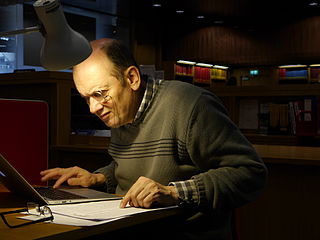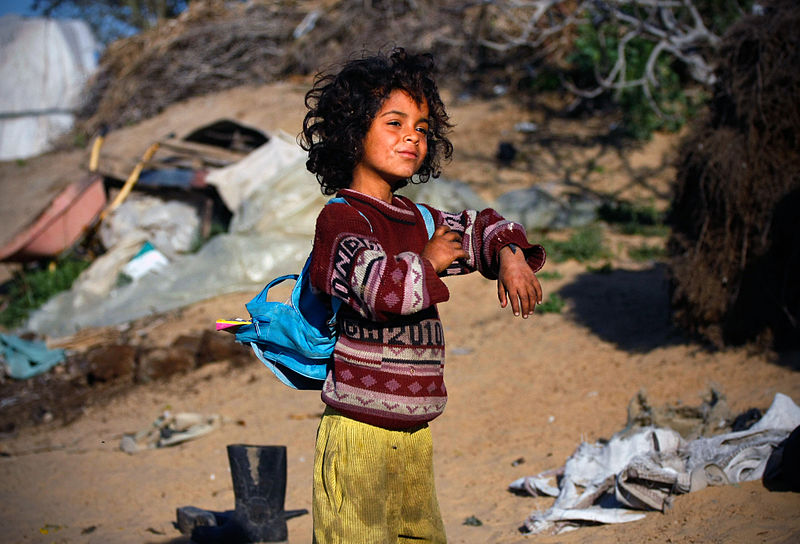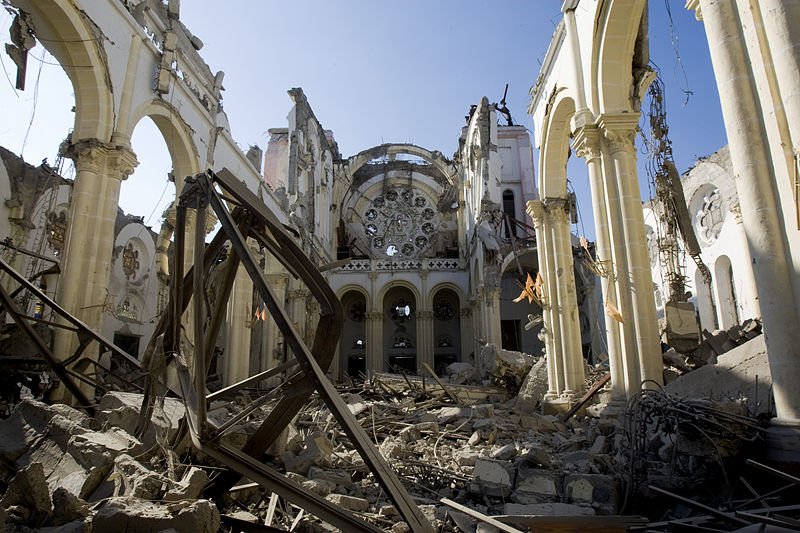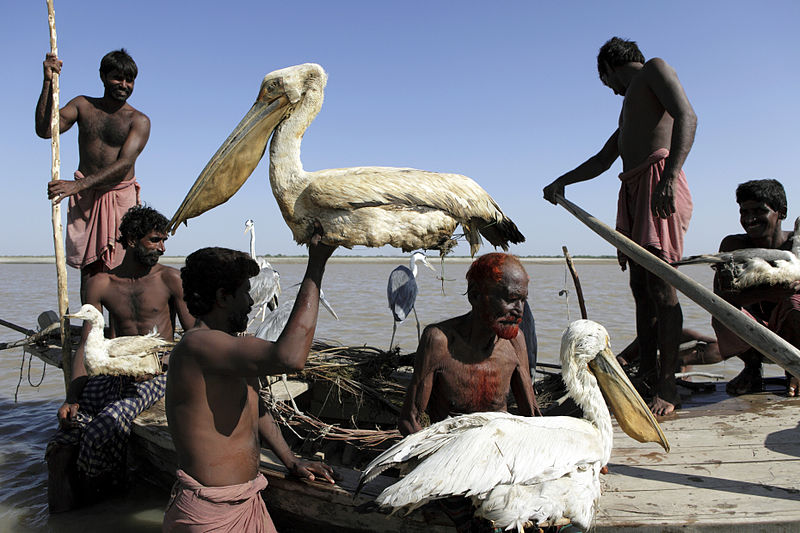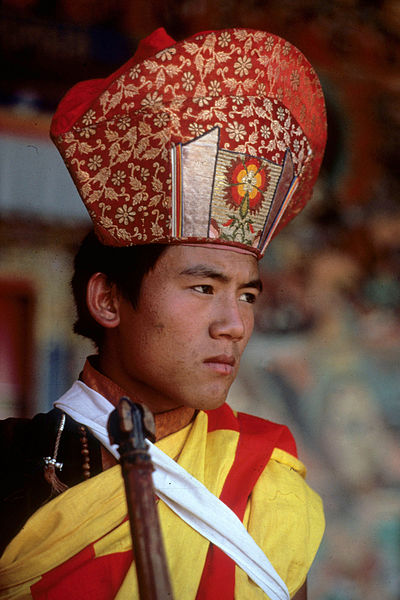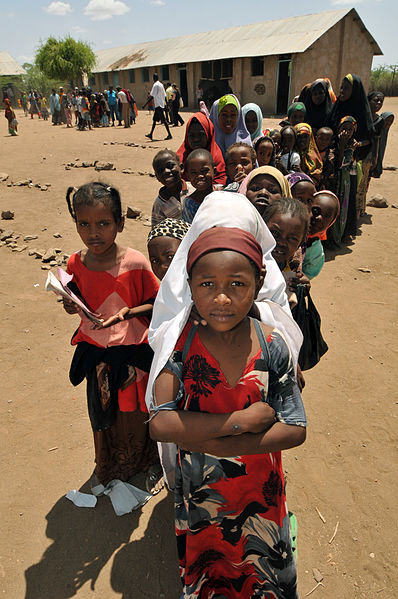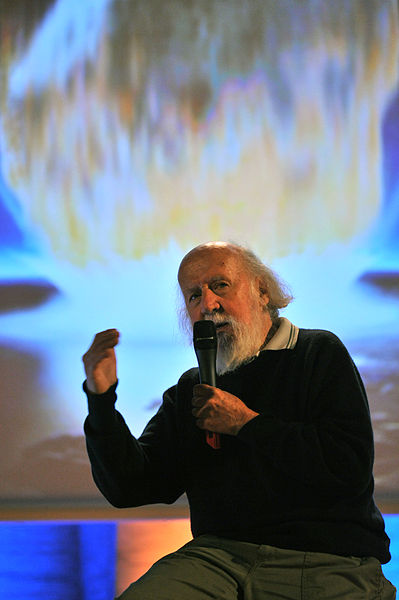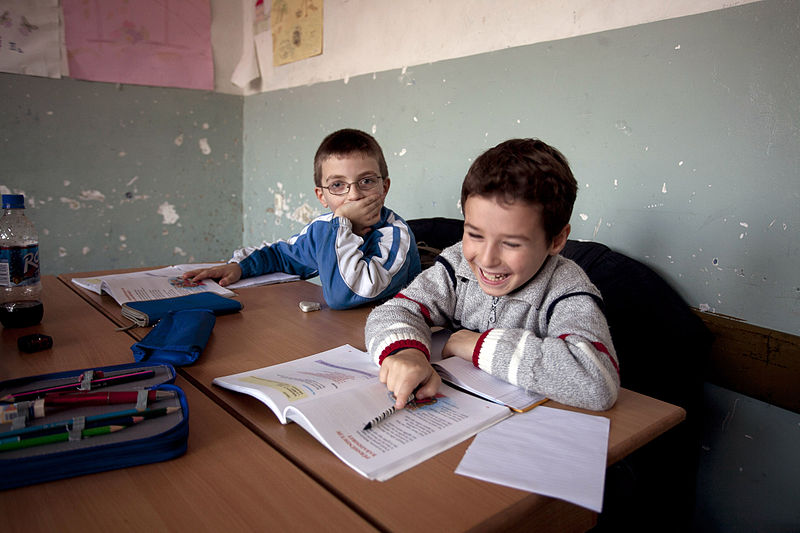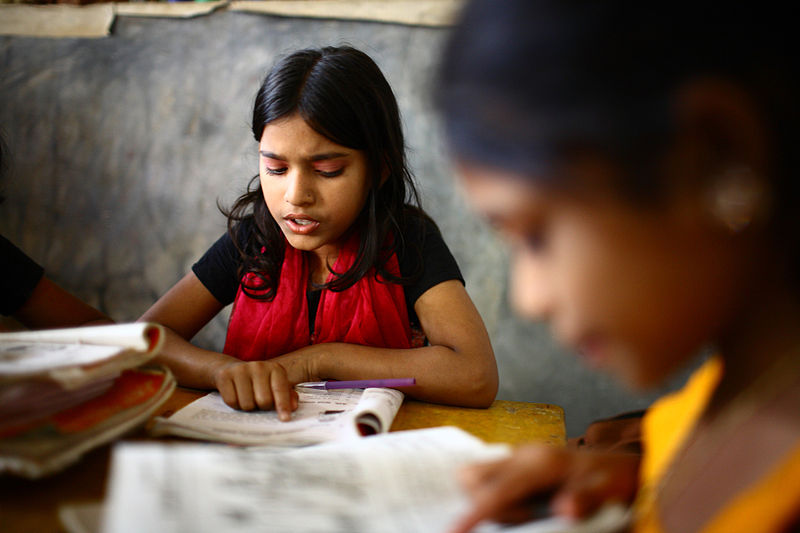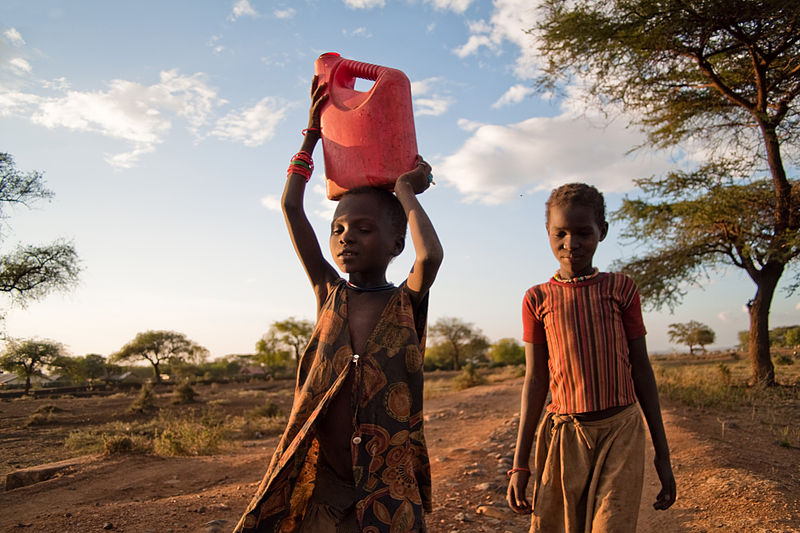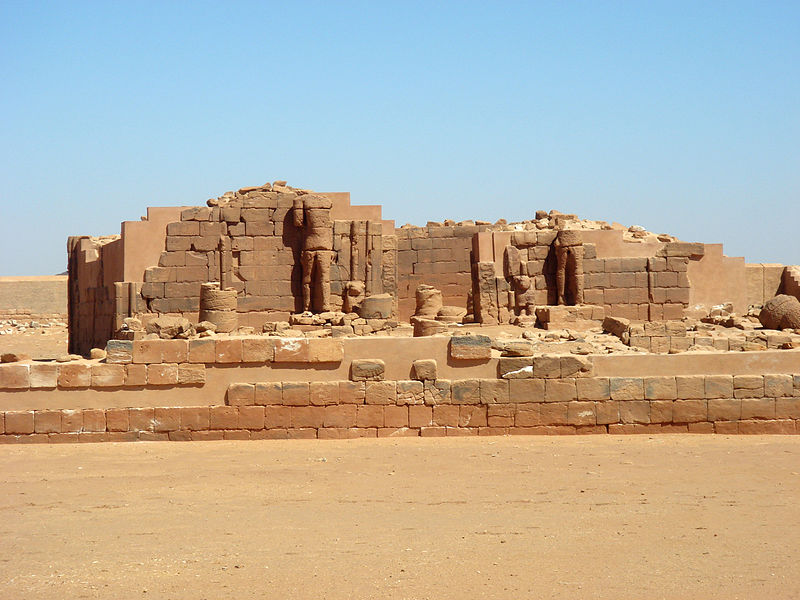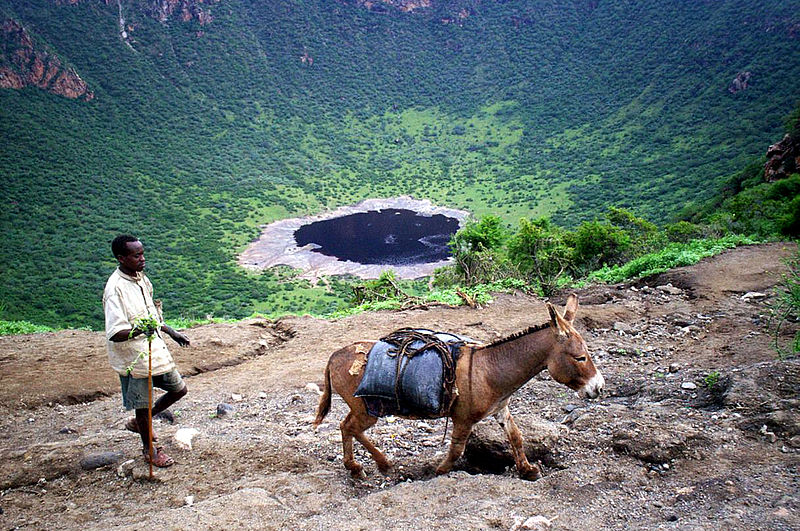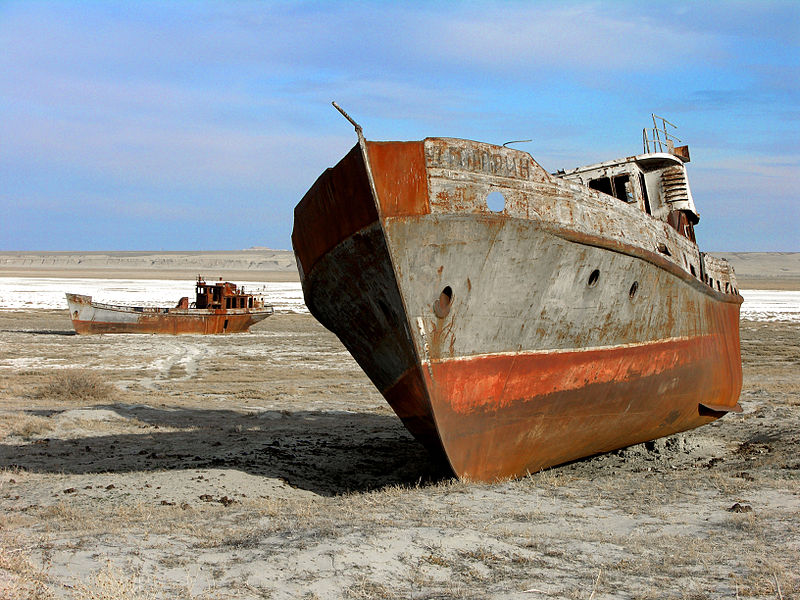
This post was written by Dr Toni Sant, Education Organiser
Wikipedia was highlighted through a keynote presentation by Wikipedia Founder Jimmy Wales and participation in a panel at BETT 2015. This is the annual UK trade show, formerly known as the British Educational Training and Technology show, which showcases the use of information technology in education. The Wikipedia entry about BETT is very informative and explains the general details of the event clearly and succinctly.
At BETT 2015, which tool place at the ExCeL Centre in London Dockland, between Wednesday 21 and Saturday 24 January, Wikipedia took centre stage on the first day. About 800 people attended a keynote address by Jimmy Wales entitled The New Paradigm of Open Access to Information. His presentation was mainly divided into two parts. The first was an overview of Wikipedia and its use in formal Education settings. The second was more focused on his passion for the use of Wikipedia Zero in the developing world.
Also on the first day at BETT 2015, Dr Toni Sant, Wikimedia UK’s Education Organiser, took part in a panel discussion on The Changing Landscape of Technology in Higher Education. The panel discussed the current impact of technology in HE, mainly looking at ways to balance technology and pedagogy, asking what’s next for the future of the higher education sector in the UK. The other panel participants were Paul Clark (Director of Policy at Universities UK), Peter Tinson (Executive Director, UCISA), and Simon Nelson (Chief Executive of FutureLearn). The panel was chaired by Lawrie Phipps, senior co-design manager in the Student Experience team at Jisc, who previously collaborated closely with Wikimedia UK on the first edition of the annual EduWiki conference.
The discussion revolved mainly around MOOCs, massive open online courses. Toni Sant proposed that the use of Wikipedia in education is a type of MOOC activity, that has preceded the rise of the term and would likely continue even after the use of this term has been replaced by something else. He also discussed the following seven questions as a way of introducing the ways to use Wikipedia as a teaching tool in the Higher Education classroom. The questions were fielded through Glisser, which audience members were encouraged to introduce. There were approximately 60 people in the audience.
1. Do you use Wikipedia?
2. Have you ever edited Wikipedia?
3. Do you use any other Wikimedia project? (Such as Wikimedia Commons, Wikidata, Wikispecies, Wikibooks, Wikiversity, etc.)
4. Are you directly involved in the use Wikipedia (or other wiki projects) in an Education setting?
5. Do you think that use of Wikipedia (and other wiki projects) in Education is a good thing?
6. Do you know how Wikipedia (and other wiki projects) are being used productively in formal Education settings?
7. Would you like to explore the appropriate use Wikipedia in Education where you work and/or study?
If your answer to the final question is yes, please contact us at education{{@}}wikimedia.org.uk so we can discuss how we can support you in exploring the use of Wikipedia as a teaching tool in the classroom.
Wikimedia UK interim CEO D’Arcy Myers was also present at BETT 2015, observing the proceedings and catching up with the latest developments in the world of educational technology.






